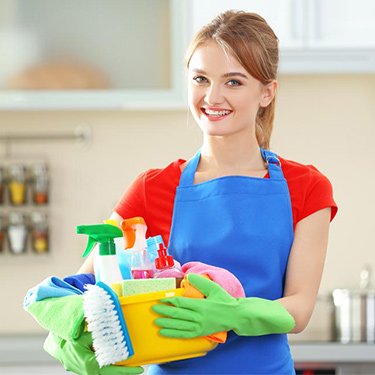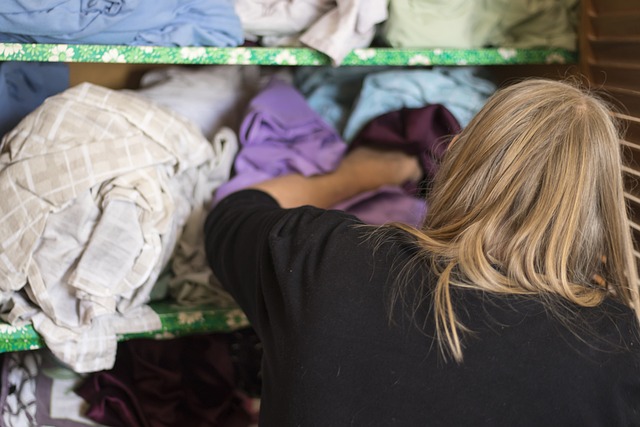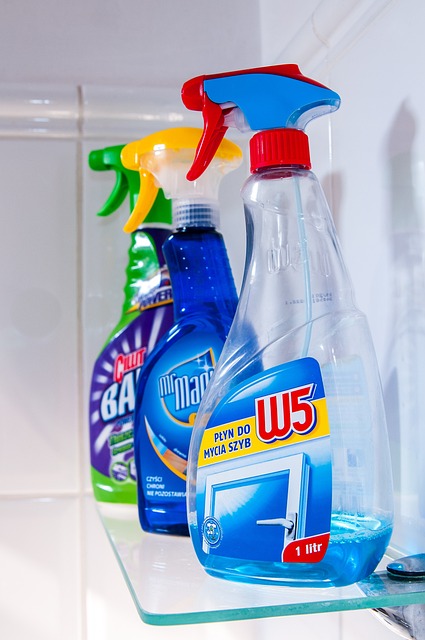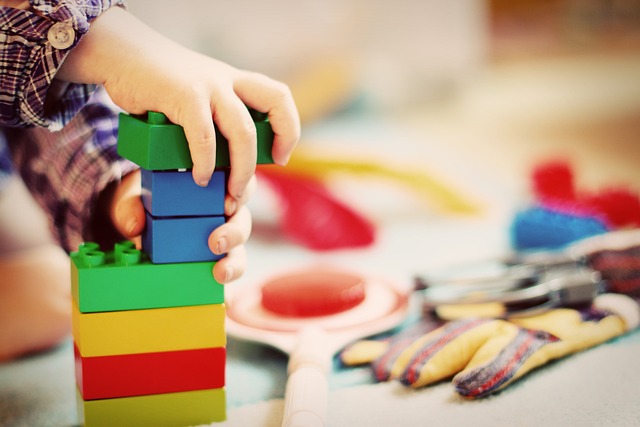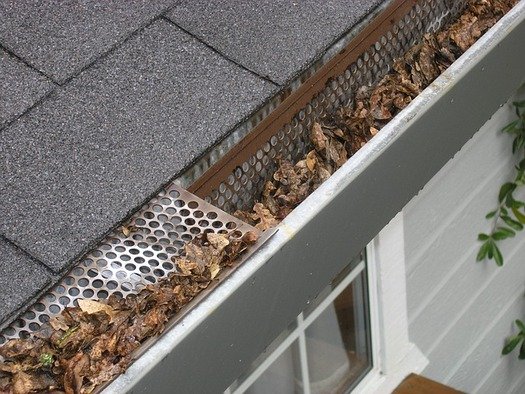Keeping your home clean and tidy is essential for maintaining a healthy living environment. However, it’s equally important to ensure that you dispose of household cleaning chemicals safely. Improper disposal can have detrimental effects on the environment, wildlife, and even human health.
In this guide, we will walk you through how to safely dispose of household cleaning chemicals and their best practices, so you can clean your home while being mindful of the planet.
Table of Contents
Understanding the Risks
Before we delve into the methods of disposal, let’s take a moment to understand why it’s crucial to handle household cleaning chemicals with care. These chemicals often contain toxic substances that can harm the environment and pose risks to human health. Some common hazards associated with improper disposal include:
- Water Contamination: Chemicals that are poured down the drain or flushed down the toilet can end up in our waterways, polluting lakes, rivers, and oceans. This contamination can harm aquatic life and affect the quality of our drinking water.
- Air Pollution: Certain cleaning chemicals release volatile organic compounds (VOCs) into the air, contributing to indoor and outdoor air pollution. Breathing in these chemicals can cause respiratory issues, headaches, and other health problems.
- Soil Contamination: When cleaning chemicals seep into the soil, they can contaminate groundwater and affect the health of plants and animals. This contamination can have far-reaching consequences for the ecosystem.
Safe Disposal Methods
Check Product Labels and Safety Data Sheets (SDS)
Before disposing of any household cleaning chemical, it’s essential to refer to the product label and SDS for specific instructions. These resources provide valuable information about the chemicals and their proper disposal methods. Look for guidance on:
- Hazardous waste symbols or labels indicating specific disposal requirements.
- Recommended disposal methods such as recycling, incineration, or municipal collection.
- Any local regulations or restrictions on disposal.
Use Household Hazardous Waste (HHW) Collection Programs
Many communities offer HHW collection programs to safely dispose of household cleaning chemicals. These programs are designed to prevent improper disposal and ensure that hazardous waste is handled correctly. Here’s how you can take advantage of these programs:
- Research Local Options: Check with your local waste management agency or municipality to find out about HHW collection events, drop-off centers, or curbside pickup programs in your area. These services are often free or available at a nominal fee.
- Follow Guidelines: Pay attention to the specific guidelines provided by your local program. They may require you to separate different types of chemicals, keep them in original containers, or package them in a certain way for transportation.
- Be Prepared: Before attending an HHW collection event or using a drop-off center, make sure to secure the chemicals properly in your vehicle to prevent leaks or spills. Keep them away from children and pets during transportation.
Donate or Share Unused Cleaning Products
If you have cleaning products that are still usable but no longer needed, consider donating them to local charities, shelters, or community organizations. Sharing these items can help reduce waste and benefit those in need. Here are some tips for donating or sharing cleaning products:
- Contact local shelters or charitable organizations to inquire about their specific needs and any restrictions they may have.
- Ensure that the products are unopened, in good condition, and within their expiration dates.
- Clearly label the containers and provide a detailed list of the items being donated.
- Share excess cleaning products with friends, family, or neighbours who can make use of them.
Dilute and Dispose of Non-Hazardous Chemicals
Some cleaning chemicals, such as mild detergents or non-toxic solutions, can be safely diluted and disposed of down the drain. Here’s how to do it properly:
- Dilute the Chemicals: Mix the cleaning product with a large amount of water to dilute its concentration. Follow the recommended ratios provided on the product label or SDS.
- Use the Sink or Toilet: Pour the diluted solution down the drain or flush it down the toilet. Make sure to run plenty of water afterwards to flush out any remaining traces.
Last Resort – Municipal Trash Collection
If you are unable to find an HHW collection program or other suitable disposal methods, and the cleaning chemicals are not considered hazardous, you can dispose of them as regular trash. However, this should be your last resort. Take the following precautions:
- Ensure the chemicals are tightly sealed in their original containers to prevent leaks.
- Place the containers in a sturdy bag or secondary container to contain any spills or leaks.
- Clearly label the bag or container as containing household cleaning chemicals.
Conclusion
Properly disposing of household cleaning chemicals is vital for safeguarding the environment and our well-being. By following the guidelines outlined in this guide, you can minimize the risks associated with these chemicals and contribute to a cleaner, healthier planet. Remember to always check product labels, utilize local HHW collection programs, donate unused products when possible, and only resort to municipal trash collection as a last option. Let’s keep our homes clean and the world around us even cleaner.





